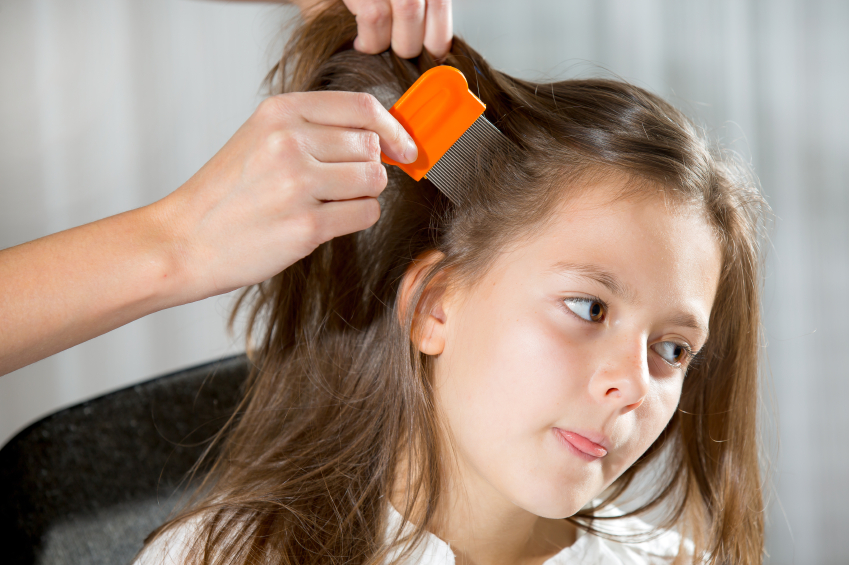 They’re gross and they’re no fun, but the first thing Dr. John LaCount – a pediatrician with St. Elizabeth Physicians’ Florence office – wants you to know about lice is that they’re not life threatening and they’re not carrying the plague.
They’re gross and they’re no fun, but the first thing Dr. John LaCount – a pediatrician with St. Elizabeth Physicians’ Florence office – wants you to know about lice is that they’re not life threatening and they’re not carrying the plague.
In all seriousness, lice usually don’t transmit any diseases, so the worst part of them is the nuisance they cause.
This is especially the case when it comes to so-called “super lice,” since this particular type of parasitic insect is immune to over-the-counter treatments.
Super lice cases have been confirmed in 25 states across the country. (See above picture.)
Still, you shouldn’t worry that your kids – or your house – are unhygienic if they have lice. According to the Centers for Disease Control and Prevention, personal hygiene or cleanliness in the home or school has nothing to do with getting head lice.
In fact, an estimated 6 million to 12 million lice infestations occur each year in the United States among children ages 3 to 11, the CDC says.
Lice and super lice are both spread by direct contact with the hair of someone who has lice. Head lice move by crawling, which is why preschool- and elementary-aged kids who nap on the floor and swap hats, coats, scarves, combs or brushes are most commonly infected.
Even though we most often hear stories of lice infestations at schools, that’s only because school nurses are checking for them, LaCount said. In reality, kids could have lice over the summer months and, if they aren’t experiencing much itching or feelings of movement on their heads, you would never know it.
If you do receive the dreaded note from your child’s school that he or she has lice, don’t panic. Remember that it’s just as important to remove nits – or eggs – from your child’s head as it is to remove the lice themselves.
“Lice are parasites,” LaCount said. “They’re just looking for a ride to survive, so to speak. If you get rid of the lice and the nits, you’ve interrupted the life cycle and will not get any more.”
To treat head lice, it’s best to be meticulous. You don’t need fancy, expensive chemicals (although those will work, too). You simply need time in most cases. Use a nit comb and go through your child’s hair carefully – especially if it’s thick – twice a day to remove lice and nits. Or, soak your child’s hair in Cetaphil, then shampoo the hair to remove the Cetaphil, lice and nits.
LaCount’s advice is talking to your child’s physician to see what treatment method he or she recommends.
Even if you suspect super lice, the American Academy of Pediatrics recommends parents and caregivers use over-the-counter treatments unless resistance has been confirmed in other cases in the community. If the lice can’t be treated with a nit comb or other over-the-counter chemicals, you will need to see your physician immediately and keep your child’s school informed so other children can be checked and treated.

